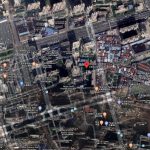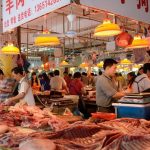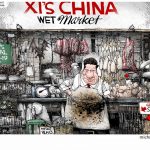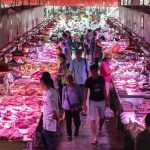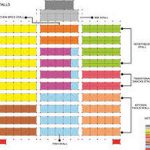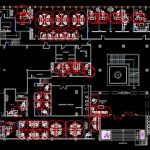December 2019 witnessed the beginning of a wave of change, forcing us to rethink everything, from the practicality and ease behind technology and digitalization, to healthcare and individual lifestyle.
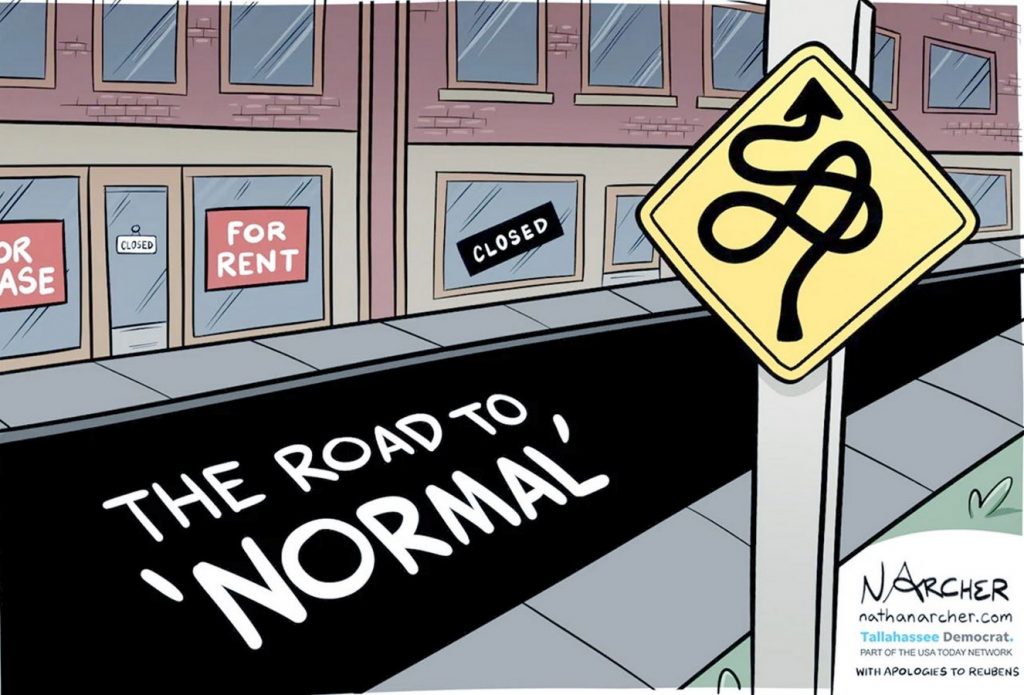
Ever since WHO officially declared the pandemic, everyone, from influential and powerful leaders to people sitting at home glued to the news have been playing the blame game.
But who is the real culprit here? How did this virus come into existence, and disrupt the ‘normal’ of the entire world?
What is more deadly? The inception, or the spread?
And most importantly, is Architecture responsible?
The curse of Globalization
With growing globalization and vastly connected communities today, it has become easy for anything to spread globally, be it knowledge or viruses.
The world has never been so easily accessible, and its actual power is seen in full force, as a virus originating in a town in China has caused over 6.29 Million (and growing) deaths all over the world.
Human history has witnessed epidemics and emerged with more knowledge and better systems each time. Outbreaks like Smallpox (killing 90% of native Americans, 1520) and Bubonic plague (wiped 30-50% of Europe’s population, 1347-51) have caused more deaths than our current pandemic. Advanced medical facilities, research and development may have reduced the death rate compared to these past giants, but none of them had such wide-spread effects, with rapid contamination at a global level.
It shows us that we might be winning the technological race, but we’ve been completely ignoring the cons of globalization, instead of acknowledging them and creating lasting solutions. Yes globalization has its benefits, but these pandemics give us a chance to mitigate its evils by de-coding and innovating.
So the first step is to understand how this virus works. It is crucial for architects to understand the origin, transmission and patterns of contamination of such viruses, to offer meticulous and successful design solutions.
How did it even come into the picture, so suddenly and discretely?
The beginning of a Pandemic…
In 2002, China reported the outbreak of an epidemic, caused by a new strain of the coronavirus. This condition, called SARS (Severe Acute Respiratory Syndrome), emerging in the Guangdong province in China, directly affected 26 countries, with over 8000 people infected and around 800 fatalities. 17 years after the containment (no vaccine has been developed) of this mutant strain of virus identified as SARS Coronavirus (SARS-CoV) that jumped from from Bats to Civet Cats to, eventually, humans, China reported a new infectious virus, with similar symptoms, as that caused by strains of coronavirus. This virus was later coined as the COVID-19 by WHO (World Health Organisation).
The Wuhan Municipal Health Commission reported a cluster of pneumonia cases in the Hubei province in Wuhan, in early December, 2019. By late December, Wuhan reported 27 pneumonia cases to WHO, with 0 casualties.
With similarities to the SARS and MERS characteristics based on the symptoms and transmission, it was concluded that this outbreak was caused by a similar respiratory virus.The contamination patterns were similar to SARS, with the medical staff being the first ones infected. However, in the time taken to identify, understand and control this new strain of coronavirus, it had begun spreading globally. As WHO swooped in with its containment strategies, a common link was found between these 27 patients in an effort to understand more about this new virus.
The link? All these patients had either visited or worked at a particular Wet Market in Wuhan, the South China Seafood Wholesale Market.
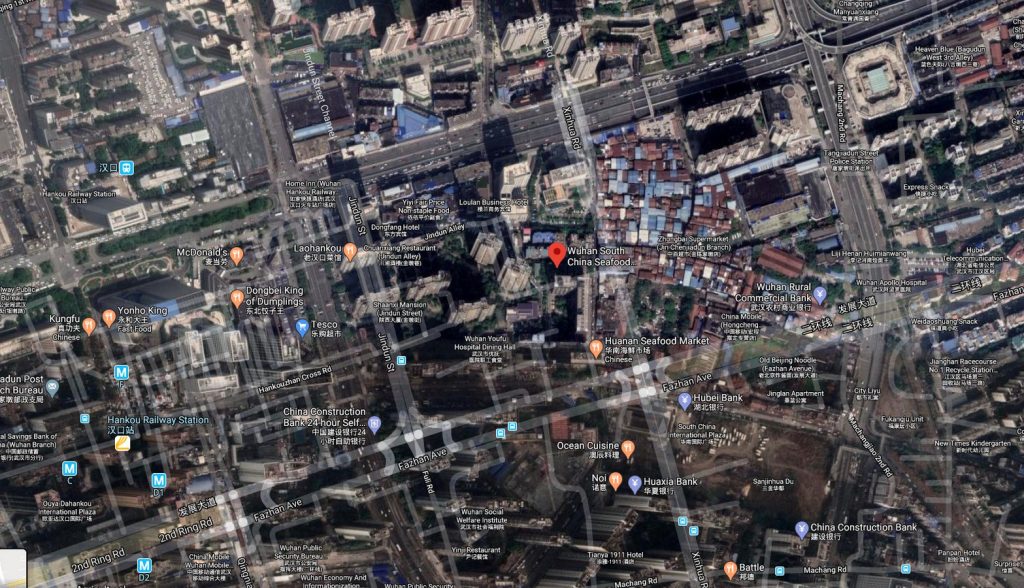
So what are Wet Markets?
A cultural and social hotspot, wet markets are markets within the city that sell ‘wet’ or perishable goods. This includes vegetables, fruits, meat, seafood, etc. Wet Markets are a source of the freshest food available in the city, with live animals often slaughtered in front of the buyers, to ensure freshness of meat.
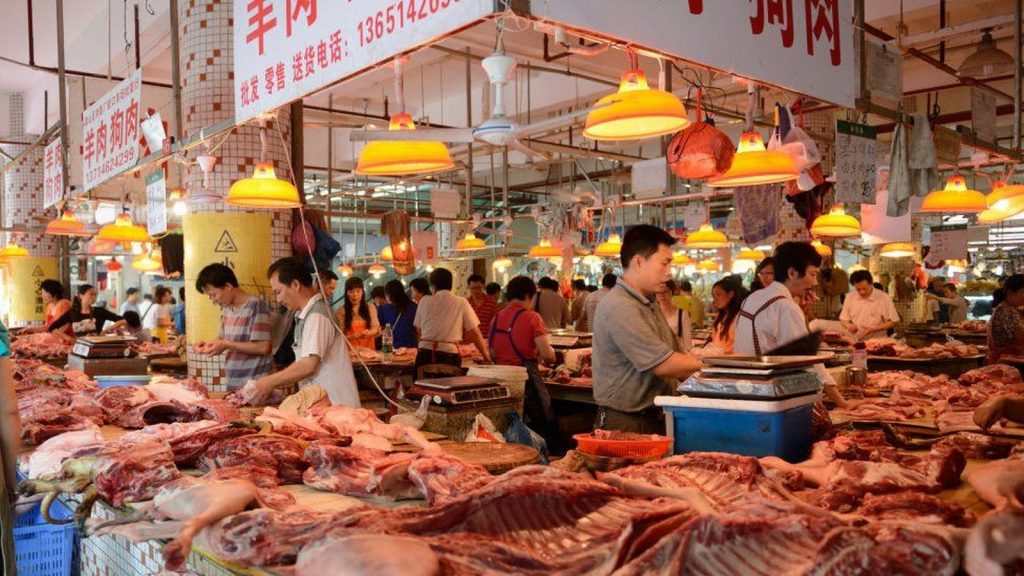
Breeding ground for diseases
In the 1970’s, China was hit by poverty and famine, which killed upto 36 million people. As an effort to retain the economy and rebuild the food production, the ruling Communist regime at the time decided to encourage and support small farmers by legalizing wildlife farming. Wildlife farming allowed these farmers to domesticate and sell exotic and wild animals such as snakes, bats, wild cats, crocodiles, etc for meat. Later, the Chinese government supported this initiative by legislating the ‘Wildlife Protection Act, 1988’ which protected and encouraged the interests of people developing or utilizing wildlife, legally. This not only increased the trade of animals, both for meat or domestication, but also encouraged illegal trade of exotic animals and endangered species.
This led to wet markets being used as selling grounds for consumption and trade of not only domesticated animals such as pigs, chickens, etc, but also exotic and endangered species and wildlife. This absurd variety included anything and everything that slithered, crawled, walked, or flew. The wet markets became an enclosed space with more than 100 varied species of animals being kept alive in worse conditions, and slaughtered for fresh meat right there.
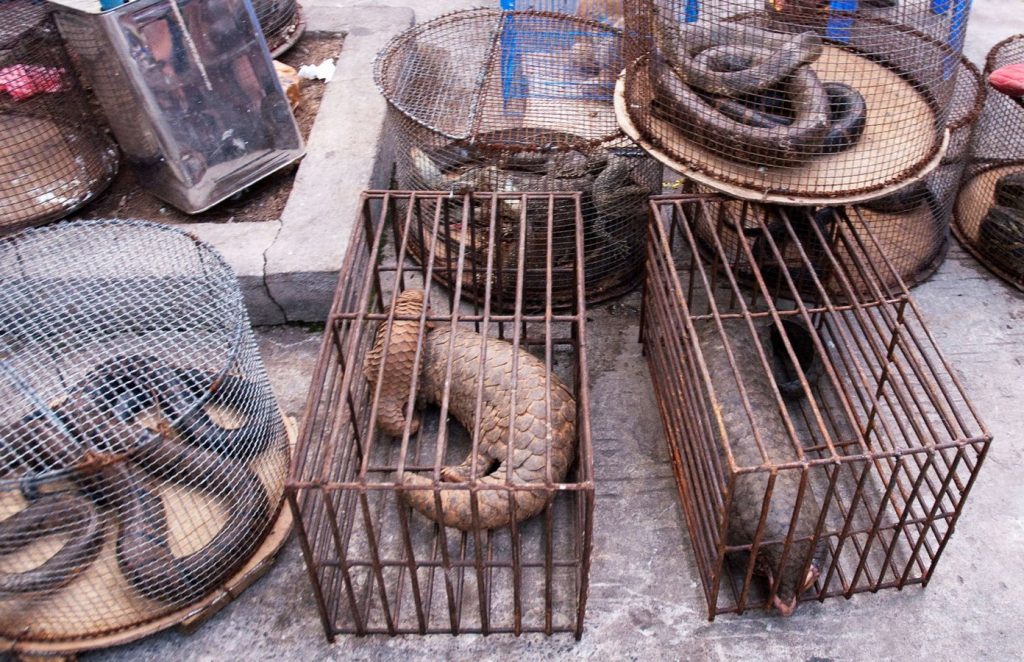
Scientists in Asian countries have been warning about the dangers of these establishments for at least half a century. There have been recent reports doubting the inception of the COVID-19 linked to the wet market in Wuhan, however, there is no doubt that these markets have boosted the spread of the virus, with multiple early patients linked to these markets.
Understanding the science behind Virus Jumps
It is extremely rare for an animal virus to jump to humans. Generally, this is impossible unless the genetic data (DNA) of the virus matches the host (in this case, Humans) which is how the virus multiplies, using the host DNA for replication. Viruses are the perfect intracellular parasites, continuously mutating and looking for new hosts.
Animal viruses, depending on the animal they infect, have close DNA resemblance to the host animal. Mutations in these viruses occur, when multiple species of infectious virus come in contact with each other, inventing new DNA sequences, one of which may be of close resemblance to the Human DNA. This phenomenon is extremely rare.
The jump from animals to humans, although rare, has been seen multiple times throughout history. Viruses are of different types and cause various levels of symptoms and diseases among animals or humans. Some of them, like Rabies, infect humans but are not contagious. Some are extremely contagious and have dangerous symptoms, such as Ebola, which have been removed completely (human immune system) with development of vaccines. While some have found a permanent host in humans, such as HIV, with no known cure except for protection and prevention.
What makes these markets dangerous?
The state of these wet markets allow exchange of pathogens from over 100 species of animals, including exotic animals and wildlife. The animals are kept in cages, stacked on top of each other, in close proximity. The practice of slaughter and the conditions in which these live animals are stored allow for an unhealthy amount of exchange of bodily fluids, blood, fecal matter, and diseases across a variety of animals.
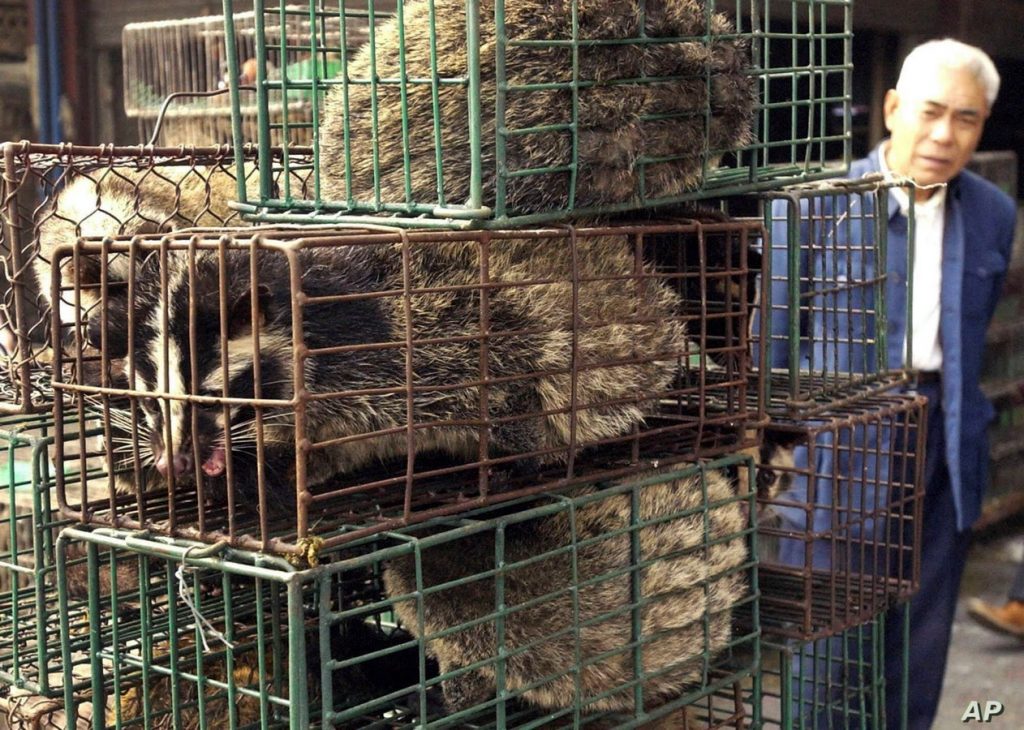
This unhygienic planning and design of wet markets, along with the legalized activity of poaching and slaughtering of exotic animals living in the wild, forms a petri dish of pathogens and viruses of varied and unknown origins, to mutate across different strains and species.
With the basic logic of permutation and combination, and the sheer number of mutations allowed due to these practices, new species of viruses are being continuously created, one of which may as well be of close genetic resemblance to humans.
This jump happens when humans consume or come in contact with the mutant virus. Coronavirus is one such highly contagious strain of virus that affects the respiratory system in humans.
Legal Actions and fallbacks
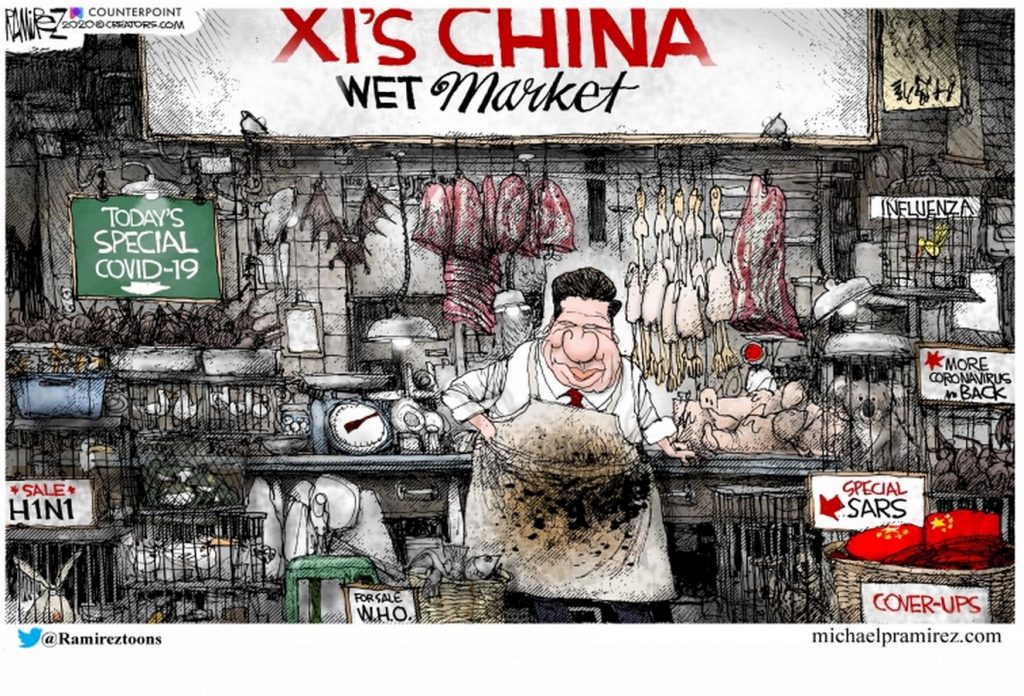
The obvious solution after these facts were brought to light was to shut down the wet markets, not only in China, but everywhere. Many people all over the world protested against these practices and called for a complete ban on wet markets.
After the devastating effects of SARS in 2003, the Chinese government did ban wet markets, wildlife farming and sale of exotic animals. The effects of this on the economy were so catastrophic, that the government then lifted this ban on 54 species of animals, ironically including the Civet Cat that was suspected of being the transmitter of SARS.
Another important use for these animals in China is for Traditional Chinese Medicine (TCM). In 2017, Chinese government, in complete contradiction of its actions as a result of SARS, legalized the use of animals for TCM practices. The ban on consumption of wildlife and exotic species was rendered useless, since they were still being poached and slaughtered for production of TCM. Not to mention, this loophole caused a spike in illegal trade activities.
This is an impossible task for countries like China, whose economies and social structures widely and heavily depend on these establishments. These traditional markets have maintained their social importance even after emergence of modern supermarkets in cities and towns across Asia.
About 30-60% of the food supplies of chinese consumers comes from these wet markets. (Masayoshi Maruyamaa, Lihui Wub, Lin Huanga)
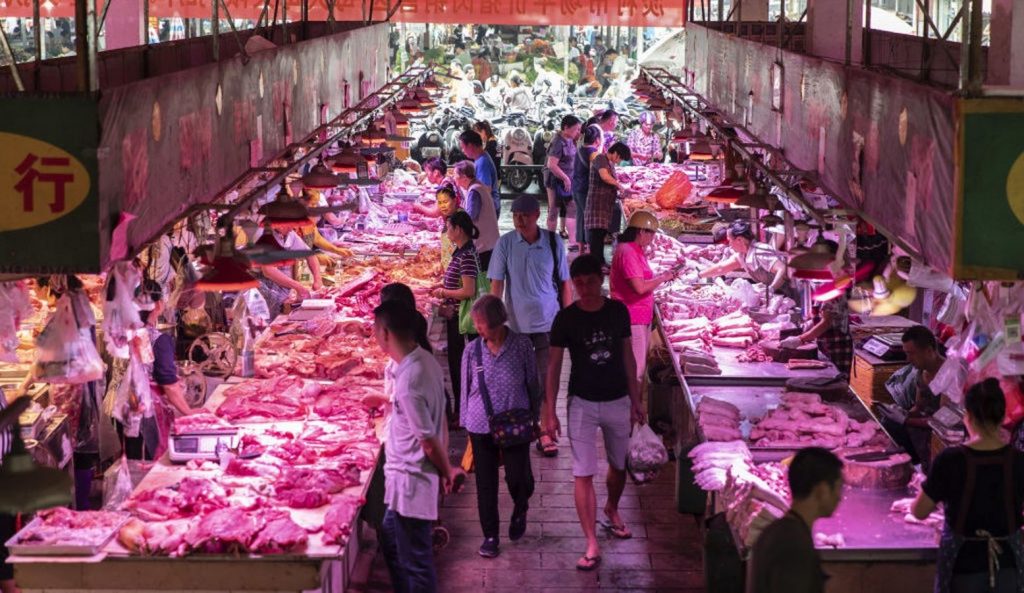
China is a country of over 1.4 billion people.These wet markets are extremely crucial for the economy and socio-cultural practices and traditions in China. And closing down of these markets is not a solution.
Another point of consideration is that not all wet markets indulge in the sale and slaughter of these wild and exotic animals. These markets are the primary source of income for many farmers and play a huge role in the lives of local residents and consumers.
They are located in the core of China’s (overpopulated) cities, to allow proximity of fresh food. This also proves to be disastrous when it comes to the spread of viruses from these markets.
Since 2002, the Chinese government has initiated the “Wet Market Transforming into Food Supermarket (WMTFS)” program that aims to transform the traditional fresh food retailing system into a more efficient system that adopts a supermarket operation mode. However, after years of effort, the process of implementing the WMTFS program has been painfully slow. (Masayoshi Maruyamaa, Lihui Wub, Lin Huanga)
What can Architects do?
Architects and Urban planners need to come together and design solutions based on immense research and experimentation, to work on these biohazards with necessary oversight, while considering the traditional and cultural importance of such establishments.
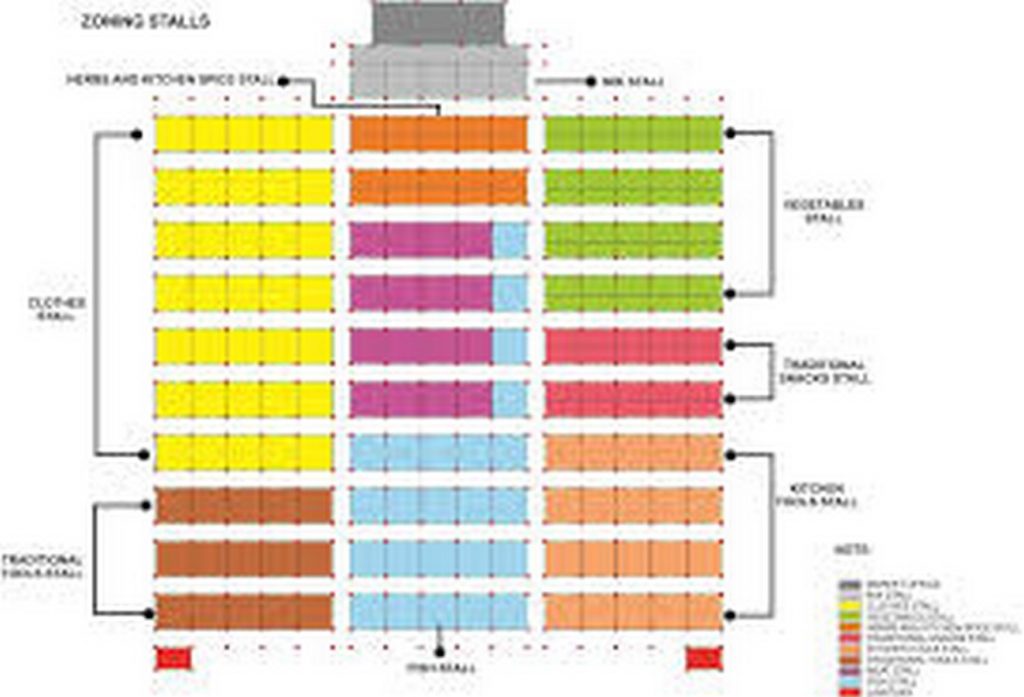
Research
With a change in the design, spatial planning and working of these culturally significant markets, considering not only traditional practices but also the science and research behind emergence and spread of viruses, architects can make a difference globally. The necessary innovations in planning do not confine to individual markets, but the urban fabric as a whole. With growing research and experience, we have the necessary knowledge on how these diseases spread, and how can we contain them.

Designing for Biohazardous spaces
Similar to research based solutions used in case of Nuclear Plants, for radioactive containment, there is a growing need to consider the effects of Biohazardous spaces, specially when it comes to public places like markets.
Retaining Cultural Value
There is no doubt that these markets are not only culturally significant, but have been an important part of the daily lives in China, and other Asian and African countries. Their impact on the economy makes them vital to the urban fabric of cities like Wuhan.
The solution is to design safer markets, that uphold the cultural and traditional values of these markets, and justify their socio-economic importance.

Design solutions
The major issue arises due to exchange of bodily fluids between these animals. Retail oriented designs with better systems for not only storage of livestock but also proper circulation and space management may prevent this situation altogether.
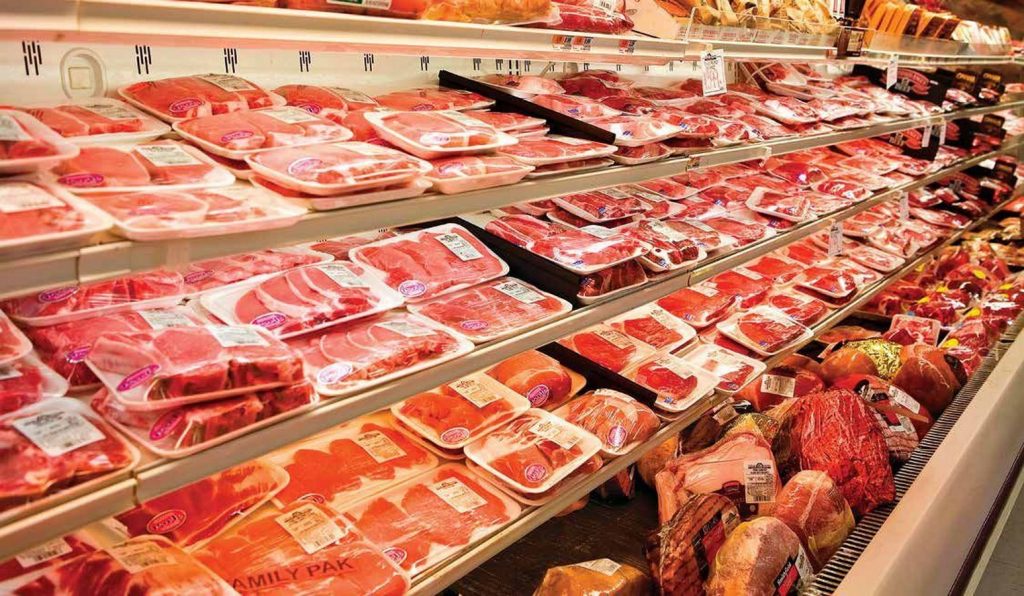
Waste Management
The live animals create tons of bio-waste, and the slaughtering of these animals in the markets itself calls for a hygienic and orderly waste management and cleaning systems.
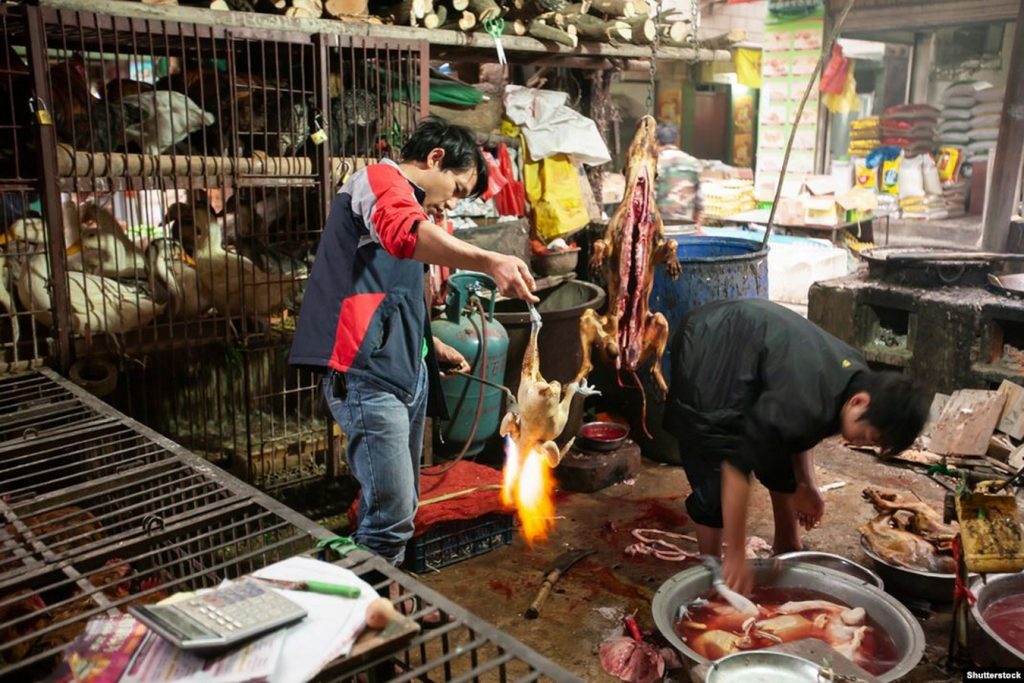
With more space and organised markets, another important aspect to consider is the services. Architects can design contextual waste management and air circulation systems, to create a safe public space.
Design must also include containment strategies, if such an outbreak occurs in the future. Considering that these markets are located in the core of populated cities, services can be the difference between the ‘last pandemic’, and the ‘next pandemic’.
Urban level
The locations of these markets are vital to their cause. They are a part of every city and village in China and other Asian countries. Understanding the patterns of transmission and designing urban strategies to contain them within and around these markets itself, will effectively reduce the spread and contamination of such diseases across overpopulated cities.
We as architects have taken up the responsibility of building better spaces. Now it’s time to understand how to build safer spaces. Invisible threats like viruses can prove especially difficult, but we have grown in terms of research, science and technology as a species. Architects need to realise their role in the spread of diseases and pandemics such as COVID-19, and use our resources, designing capabilities and intellect to alleviate these hidden evils altogether.
We may not have caused the pandemic, but we can be the heroes that eradicate such biological threats, and save humanity!









